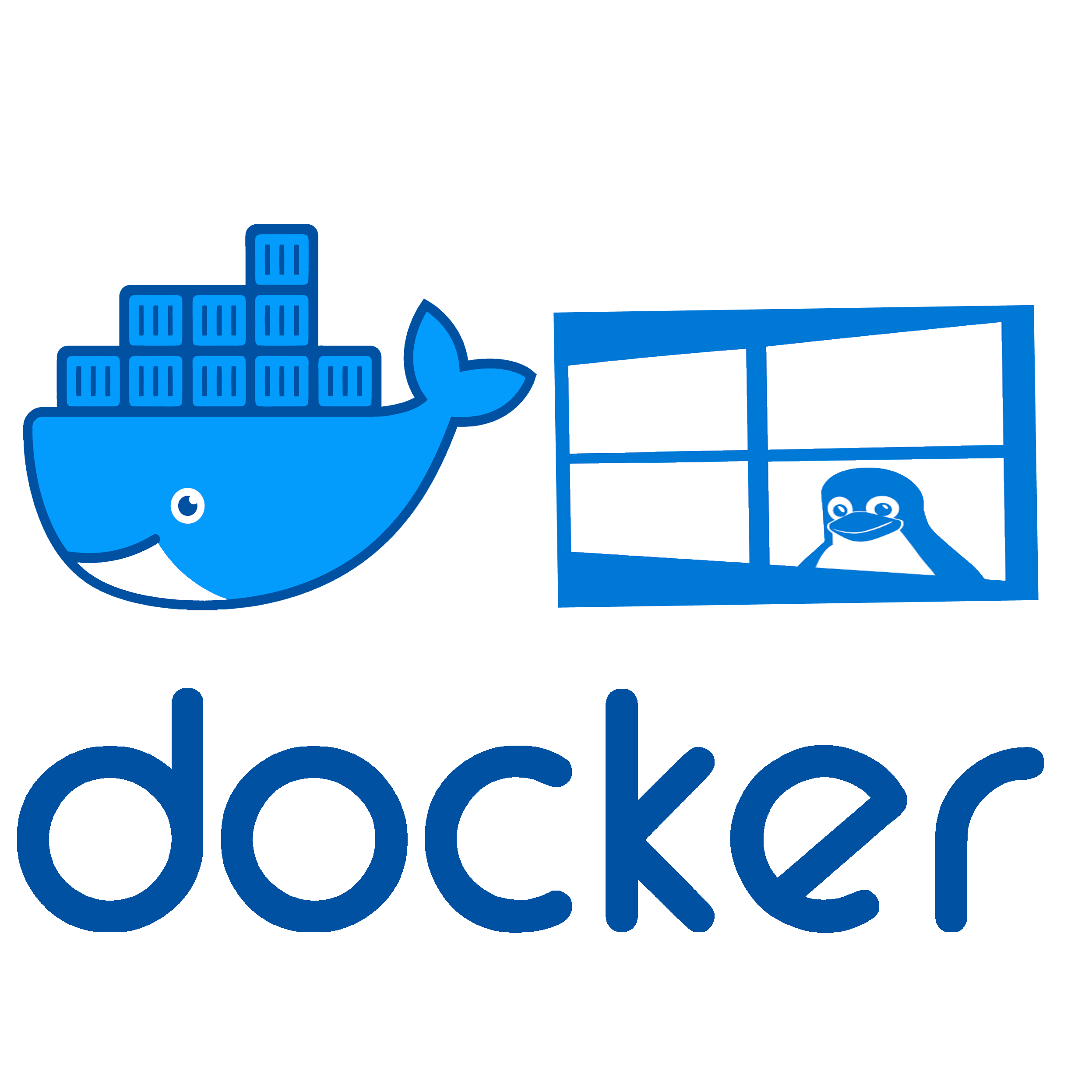Apache Guacamole – Remote Access with No Installers, No Fuss
What is It (and Why It’s Useful)
Sometimes setting up remote access feels heavier than the task you actually needed it for. RDP clients, SSH apps, firewalls, VPNs… too many moving parts.
Guacamole skips all of that.
It’s a web-based remote desktop gateway. Open a browser, log in, and suddenly you’re staring at a Linux terminal or Windows desktop — no software, no plugins, nothing to install.
It works by tunneling RDP, VNC, or SSH through a backend service (called guacd) and rendering everything in HTML5. Sounds simple — and it is, once it’s running.
Admins like it because they only have to maintain one central portal. Users like it because it just works, even from a locked-down Chromebook or a hotel PC.
Key Facts, Minus the Buzzwords
| What it handles | How it behaves |
| Remote protocols | RDP, SSH, VNC — simultaneously if needed |
| Client side | Nothing — just a browser with HTML5 support |
| User management | Built-in UI or LDAP/MySQL/2FA integration |
| File transfer | Supported (clipboard or drag-and-drop, depending on connection) |
| Web UI | Responsive, minimal, no browser extensions required |
| Backend | Daemon (guacd) talks to target hosts over native protocols |
| Deployment | Works with Docker, Tomcat, or manually (not trivial, but doable) |
| Security angle | All access is proxied — no open ports on target machines |
| License | Apache 2.0 |
| Website | https://guacamole.apache.org |
How It Usually Plays Out
Initial setup takes a bit of work. You install guacd, deploy the web app (Tomcat or Jetty), and configure your connections in config files or via database.
Once that’s done, users get a clean portal: just their allowed systems, nothing else. They click, connect, and boom — desktop in the browser. Guacamole handles mouse input, keyboard, clipboard sync, and screen resizing in real time.
Some admins even use it as a fallback: one bastion host running Guacamole, from which you can SSH anywhere else. No local tooling required.
Good Scenarios to Use It
– Giving internal users SSH access without teaching them PuTTY
– Providing remote desktops in a training or classroom setting
– Managing servers behind firewalls from a single secure point
– Running admin tools from tablets or non-corporate devices
– Bridging RDP to VNC and SSH without exposing ports







